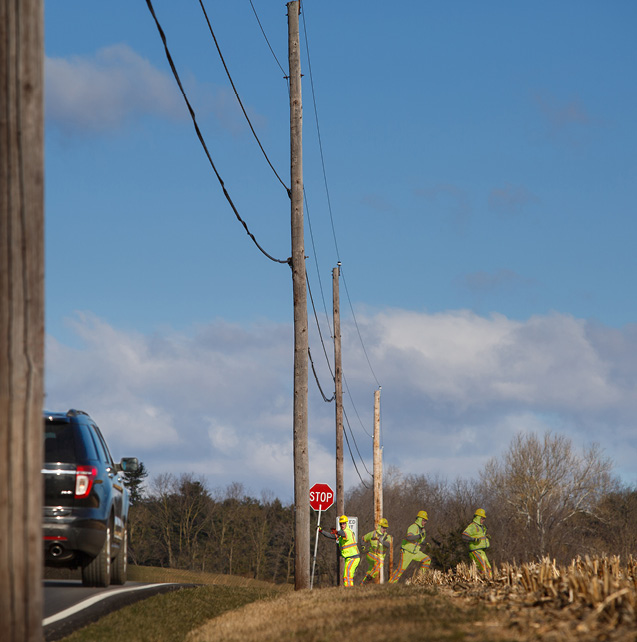The escape route is a defense against errant motorists and is used when an oncoming vehicle appears as though it will not stop. Even with advanced warning signs in place and the crew member wearing proper retro-reflective apparel, distracted motorists might not see the work zone personnel. An escape route is a clear path the traffic control professional can use to remove him or herself from danger.
The escape route is required on all job sites. Discussing the crew member’s positioning and hazard awareness is mandatory to review during pre-job preparations. Plan the route following a few simple guidelines to create a path to safety in any work zone and in any situation.
CHOOSE WISELY
Setting up an appropriate escape route is a combination of science and art.
A proper escape route includes:
- A clear path away from danger
- Level ground to avoid tripping/falling
- Avoids standing next to immovable objects
An improper escape route includes:
- A path that leads to potential danger
- Hills, crevasses, rocks — anything that may cause tripping/falling
- May include immovable objects, such as guardrails, trees, etc.
PLACE THE LINE OF ACTION
In conjunction with an escape route, the crew member should also set up a Line of Action. Here’s how it works:
- From the flagging station, choose an easily identifiable object, such as a telephone pole, to mark the Line
of Action. - The object should provide 3 seconds of reaction time.
- If a vehicle passes the object and does not appear to be slowing down, the flagger should drop their paddle and get out of the way.
- The table to the right illustrates how road speed determines where to place the Line of Action.
IN THE DIAGRAM BELOW, the Line of Action is the second telephone pole from the flagging station. It’s around 160 ft from the traffic control professional since it’s a 35 mph roadway.
PRO TIP use your trip odometer to measure Line of Action distance.
